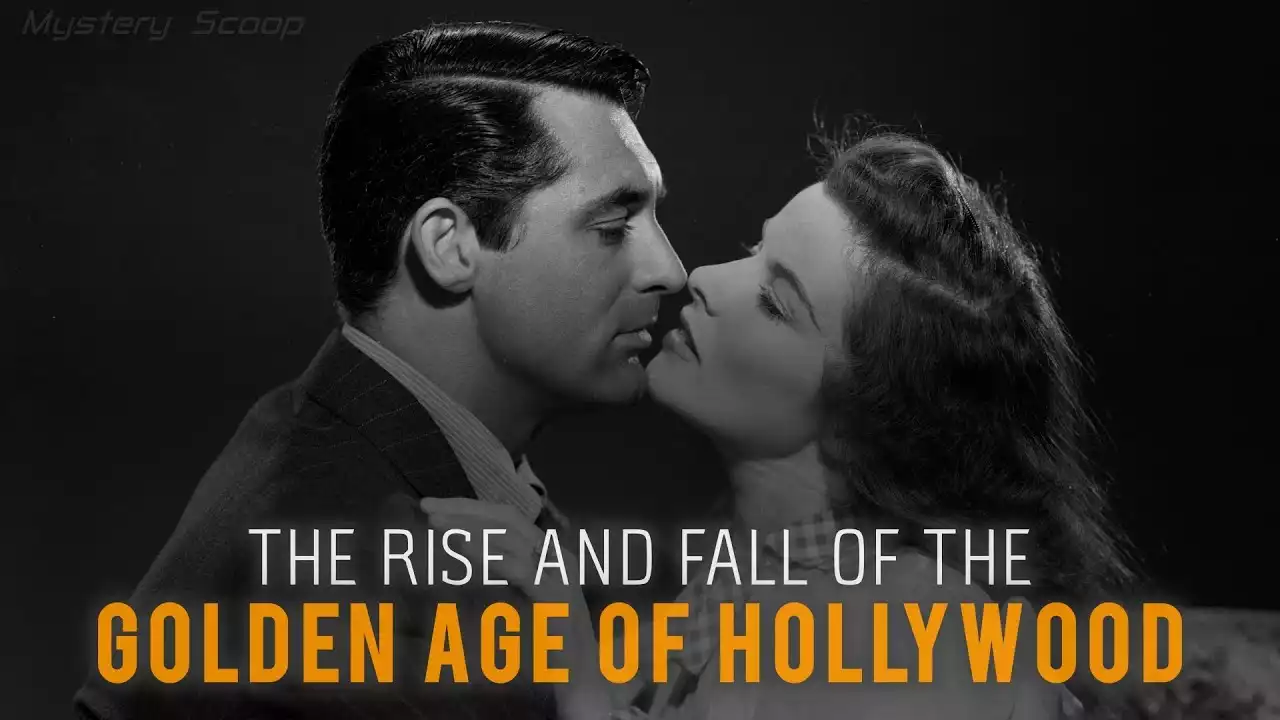The 1930s and ’40s were a time of great upheaval in the film industry. After the stock market crash of 1929 and the ensuing Great Depression, Hollywood studios cut back on production and laid off workers. Production costs also soared, thanks to union regulations and other factors. As a result, ticket prices also went up. In response to these changes and challenges, many actors left Hollywood for New York or other cities where there was work as stage actors. Studios began making more serious films about social issues such as poverty, drug use, crime, housing conditions, and tuberculosis. This led to what is known today as the “Golden Age” of Hollywood from 1931 to 1939 (the earlier part of which is often called the “Pre-Code” period due to the relaxed censorship standards). This article explores this exciting period in movie history with details about some of the most important films of that time as well as its biggest stars – many of whom are still famous today.
The Rise and Fall of the Golden Age of Hollywood
1931: The Year that Everything Changed
1931 was a year of great change for the movie industry. The stock market crash of 1929 and the ensuing Great Depression led to reduced ticket sales, which in turn led to studios cutting back on their film productions. As a result, many actors left Hollywood for New York or other cities where there was work as stage actors. In response to these changes and challenges, studios began to make more serious films about social issues such as poverty, drug use, crime, housing conditions, and tuberculosis. Major films of this period include “Dr. Jekyll and Mr. Hyde”, “Little Caesar”, “The Public Enemy”, and “Scarface”.
The Hays Code Is Introduced
The first official censorship code was introduced in July 1932. It was known as the Hays Code, named after Will H. Hays, president of the Motion Picture Producers and Distributors of America (MPPDA). The Code stated that films should be: This Code remained in effect until the early 1950s when the rise of television led to the industry’s biggest stars moving to television. This period has been referred to as the “Pre-Code” period due to the relaxed censorship standards. Despite the Code, Pre-Code films still contained elements that would raise eyebrows today. For example, drug use and sex were often depicted, albeit in a more subtle way than in later years.
1932: The Best Year for Pre-Code Movies
1932 was perhaps the best year for Pre-Code films, with many famous films being made and an increasing number of movie stars migrating to New York. Films such as “What Price Hollywood?”, “The Crash”, “The Mouthpiece”, “Blind Husbands”, “Redemption”, and “State's Attorney” all depicted various forms of social problems, including drug addiction, infidelity, and poverty in a way that had never been seen before in Hollywood films. While the Hays Code led to an increased number of “serious” films in 1933, 1932 was the last year that Pre-Code films were truly free to follow their paths.
1933: Major Changes to Come
1933 saw the introduction of the MPPDA’s Production Code, which strictly regulated what could and could not be depicted on screen, How to write a film critique and why it is useful including topics such as infidelity, suicide, and drug use. It was much more comprehensive than the Hays Code. For the first time, a film’s plot was closely examined and edited if it contained “inappropriate content”.
1934: A Very Good Year for Movies
1934 was a very good year for movies, with more serious films still being made. Films such as “Dr. Jekyll and Mr. Hyde” and “Top Hat” portrayed the darker side of human nature. Meanwhile, “Swing Time” and “Broadway Melody of 1936” provided viewers with entertaining musicals.
1935: More Continuity with Pre-Coders and the Hays Code
The Hays Code began to be more rigorously enforced in 1935, while Pre-Code films began to disappear. Films such as “The Gold Rush”, “A Midsummer Night’s Dream”, and “Captain Blood” depicted darker aspects of life, while musicals such as “The Great Ziegfeld” and “Dancing in the Dark” also continued.
1937: More Continuous Shifting and Confusion in Hollywood
There was more continuous shifting and confusion in Hollywood in 1937 as the Production Code became more rigorous. Despite the Code, many serious topics continued to be explored in films, such as the Spanish Civil War and Nazi Germany. For example, “The Life of Emile Zola”, “The Good Earth”, and “The Great Dictator” focused on the plight of average people in war-torn Europe.
1938: Another Good Year for Films and Stars But Also a Continuation of Trends from 1937
The Production Code remained strict in 1938, while the Spanish Civil War and Nazi Germany continued to be explored in films. There was, however, more variety and experimentation in terms of plot structure, such as in “The Amazing Dr. Clitterhouse” and “You Only Live Once”. The popularity of certain actors during this time can be partially attributed to the fact that many of them remained in Hollywood rather than going to New York to act, as many of their contemporaries had done. Many actors who stayed in Hollywood during the 1930s and ’40s include Bette Davis, Humphrey Bogart, Katharine Hepburn, Clark Gable, and Ingrid Bergman.


 What are the Healthiest High Fiber Foods
What are the Healthiest High Fiber Foods
 The Ultimate Guide to Memorable and Trendy 18th Birthday Gifts in 2024
The Ultimate Guide to Memorable and Trendy 18th Birthday Gifts in 2024
 The World’s Most Expensive Cinemas
The World’s Most Expensive Cinemas The Hays Code in Hollywood Film
The Hays Code in Hollywood Film The Birth of Hollywood Movies
The Birth of Hollywood Movies A Brief History of Hollywood
A Brief History of Hollywood